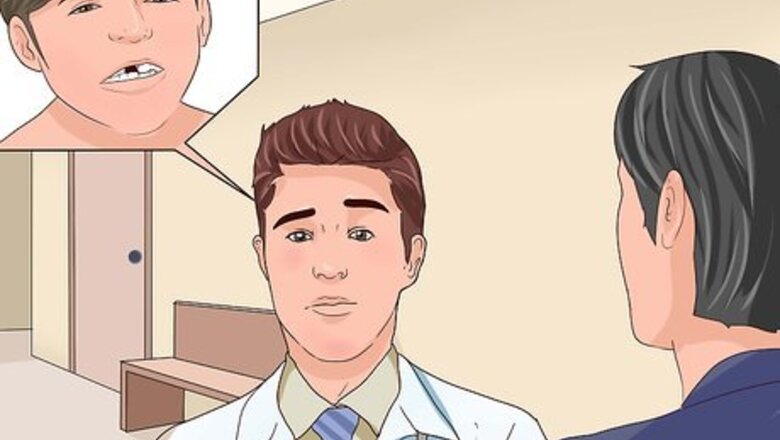
views
Removing Teeth in Children
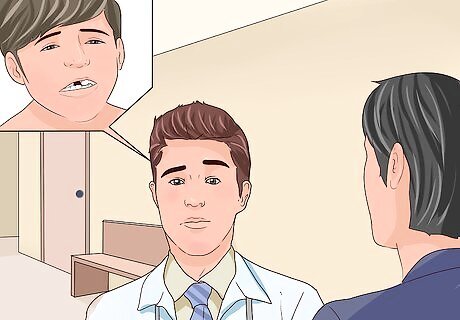
Let nature take its course. Most doctors and dentists recommend that parents not try to do anything to speed up the natural process. Teeth that are extracted too early provide less of a guide to the teeth that grow in their place, and pulling to early can also have a negative impact on the correct order of eruption, which may also influence bite and mastication (chewing). Any child will tell you that this, too, is an unnecessarily painful option.
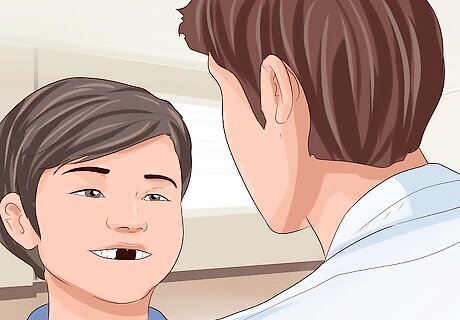
Monitor the tooth as it gets looser. Make sure that the tooth and the surrounding gum area looks healthy and is free of decay and infection. If the tooth becomes decayed, it may need to be surgically removed in a dental office.
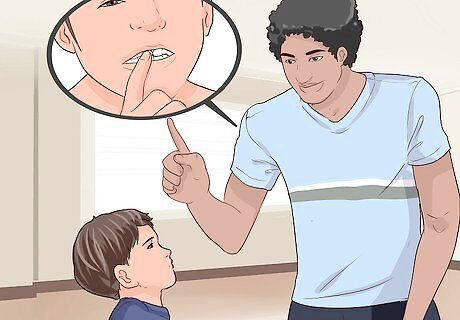
Advise your child to wiggle the tooth with their tongue. Not all parents choose to give their child permission to wiggle the tooth, but those who do might want to instruct their child to wiggle only with the tongue. This is for two reasons: Wiggling with the hands can introduce bacteria and dirt into the mouth, clearing the way for infection. Children aren't exactly the cleanest creatures in the world, making this a recipe for poor dental health in addition to bad hygiene. The tongue is generally gentler than the hand. Children run a higher risk of accidentally pulling a tooth out before it's ready when they use their fingers to pull out the tooth. Wiggling the tooth with their tongues lowers the risk because the tongue can't grip onto the tooth in the same way that two fingers can. This way, your child will get used to the idea of a tooth coming out, and the image of a tooth pulled out with their tongue makes them less scared of blood or pain.
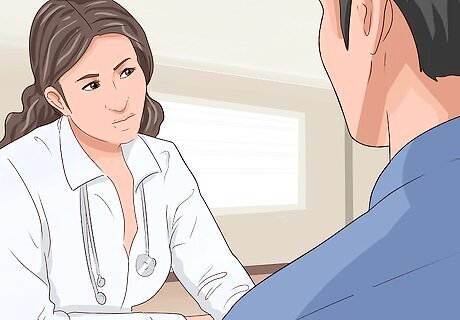
See a dentist if the new tooth grows in an unexpected location. Permanent teeth coming in behind baby teeth, sometimes known as "sharking" because of the two sets of teeth, is a reversible and common condition. As long as the dentist removes the baby tooth and gives it enough room to move into its intended position in the mouth, it shouldn't be an issue.
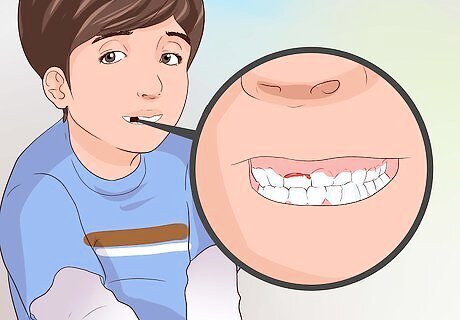
Note that there should not be much blood. If the child lets the tooth come out on its own, expect to see very little blood. Children who have waited the proper amount of time for their old tooth to fall out (sometimes as much as 2 to 3 months), there should be very little blood. If any wiggling or pulling of teeth causes excessive amounts of blood, instruct the child to stop wiggling; the tooth is most likely not yet ready to be extracted, and shouldn't be aggravated further resulting in inflammation and pain, which can also influence the development of the permanent tooth underneath.

See a dentist if the tooth is still loose but not extracted after 2 to 3 months. A dentist will be able to administer a topical painkiller and extract the tooth with the appropriate instruments.
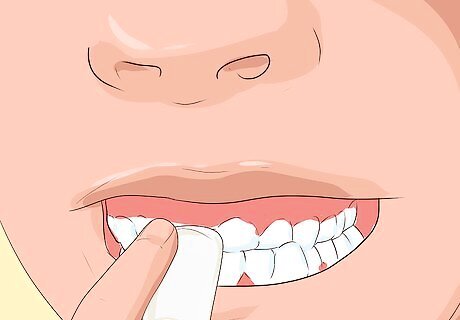
Hold gauze over the extraction site. When the tooth comes out on its own, hold a piece of gauze over the extraction site. Tell the child to bite down lightly on the gauze. A new blood clot should start forming in the extraction site. If the socket has lost its clot, an infection could occur. However, this is rare. This condition is called dry socket (alveolar osteitis), and is often accompanied by a foul-smelling odor. Contact your dentist if you believe the clot hasn't set appropriately.
Removing Teeth in Adults

Try to figure out why your tooth needs pulling. Adult teeth are meant to last your lifetime if you take care of them. But if you do need to remove a tooth, it could be for a variety of reasons: Crowded mouth. Your existing teeth haven't left enough room for your tooth that's trying to move into its proper place. A dentist may be forced to remove the tooth if this is the case. Extracting a tooth may also be necessary to make enough room for teeth to align before applying orthodontic braces. Tooth decay or infection. If infection of the tooth extends all the way down to the pulp, a dentist may need to administer antibiotics or even try a root canal. If a root canal does not fix the problem nor the apical resection, a dentist may need to extract the tooth. Compromised immune system. If you are undergoing an organ transplant, chemotherapy, or heart surgery, even the threat of infection might motivate a doctor to extract a tooth. Periodontal disease. This disease is caused an infection of the tissues and bones that surround and support the teeth. If periodontal disease has infiltrated the tooth, a dentist may need to take it out.
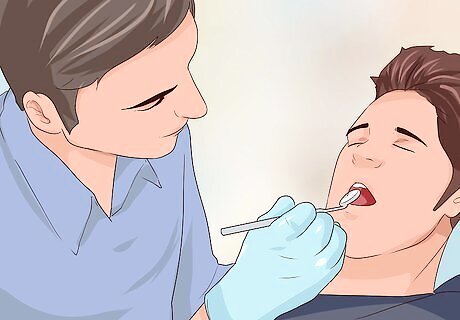
Schedule an appointment with your doctor. Do not try to extract the tooth on your own. It's far safer to let a professional dentist extract the tooth than to try to do it on your own. In addition to being safer, it will also be much less painful.
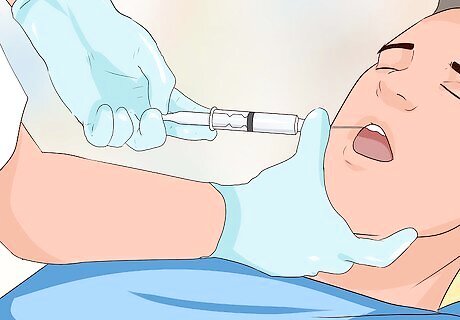
Allow the dentist to administer local anesthetic to numb the area of the tooth. Your dentist will need to give you a shot of Novocain before extracting the tooth. This is to ensure that the area is numb and you will not feel the extraction.
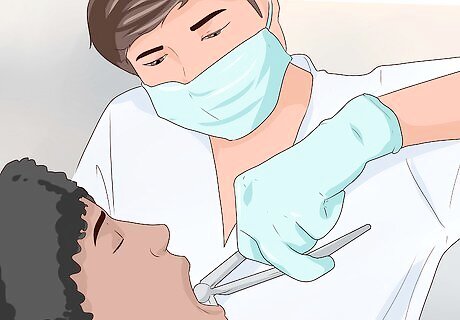
Allow the dentist to extract the tooth. The dentist may need to remove part of the gum in order to get at the tooth. In severe cases, the dentist may also need to remove the tooth itself in pieces.
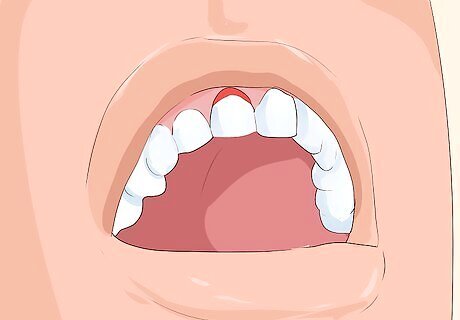
Watch for a blood clot to form over the extraction site. A blood clot is a sign that your tooth and surrounding gum areas are healing. Hold a piece of gauze over the extraction site and bite down firmly on the gauze, not too hard but not too lightly either. This will help to stop the bleeding. A new blood clot should start forming in the extraction site. If the socket has lost its clot, an infection could occur. This condition is called dry socket (alveolar osteitis), and is often accompanied by a foul-smelling odor. Contact your dentist if you believe the clot hasn't set appropriately. If you want to reduce the swelling, place an icepack wrapped in a towel on the outside of the jaw near to where the tooth was removed. This should reduce the swelling and numb the pain.

Take care of the extraction site. In the days following the extraction, take care to let your clot heal. To do this, try to: Avoid spitting or rinsing forcefully. Try to avoid drinking from a straw with the first 24 hours. After 24 hours, gargle lightly with a saltwater solution made of 1/2 teaspoon salt and 8 ounces of warm water. Do not smoke or drink alcohol. Eat soft foods and liquids for the first few days. Avoid hard, solid foods that take a lot of chewing to break down. Floss and brush your teeth as usual, taking care not to floss and brush the extraction site.
Trying Medically Unqualified Home Remedies
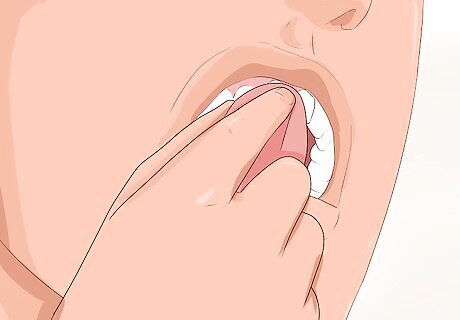
Use a bit of gauze and lightly wiggle the tooth back and forth. Give the person a bit of gauze and tell them to hold the gauze over the tooth. Gently wiggle the tooth back and forth, from side to side. The key word here is "gentle," but you also need to increase the movements a little bit as you wiggle the tooth. If lots of blood comes out, consider stopping the procedure. Lots of blood is usually a sign that the tooth isn't yet ready to come out. Firmly but slowly lift the tooth up until the ligaments connecting the tooth to the gum are severed. If too much pain or blood exists, consider stopping the procedure.

Have the person bite down on an apple. Biting down on an apple can be a good way to pull a tooth, especially for children. Biting down on an apple is more effective for teeth in the front than it is for teeth in the back.
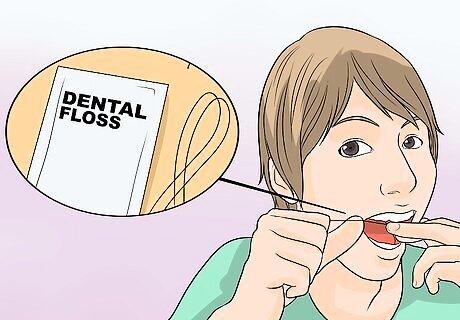
Use floss to pull out the tooth. If the tooth is really loose and the apple method does not work, make a knot around the tooth using a 30 centimeter (11.8 in) long piece of dental floss. Then, pull on the floss quickly to remove the tooth with one stroke.

















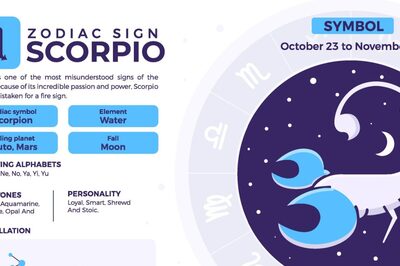


Comments
0 comment